Ash dieback: Government faces possible legal action
- Published
The BBC's Ben Ando looks at a new portable device being used to test Ash trees for a deadly fungus
A nursery forced to destroy 50,000 ash trees after a fungal disease was found is considering taking legal action against the government for failing to block imports sooner.
Simon Ellis of Crowders in Lincolnshire said ash dieback was found in 15 trees in June but officials issued a notice preventing the firm from taking action.
Ministers said the import ban was brought in as soon as it was practical.
The environment secretary will chair a summit on ash dieback on Wednesday.
The disease has now been confirmed at 82 locations in England and Scotland.
On Monday, government officials confirmed that the disease was present in woodlands in Kent and Essex.
In the last six weeks, 100,000 ash trees have been destroyed and experts say it may be too late to stop the spread of the fungus.
How ash dieback could threaten Britain's wildlife
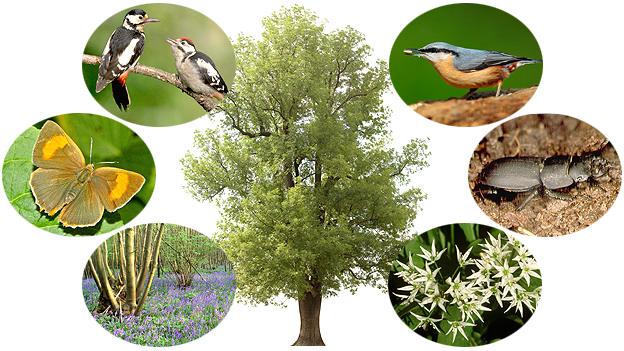
Britain's population of 80 million ash trees provides shelter and food for a wide range of wildlife, mostly birds and insects. The species' loosely-branched structure means plenty of light reaches the woodland floor, allowing a variety of plants to grow beneath them.
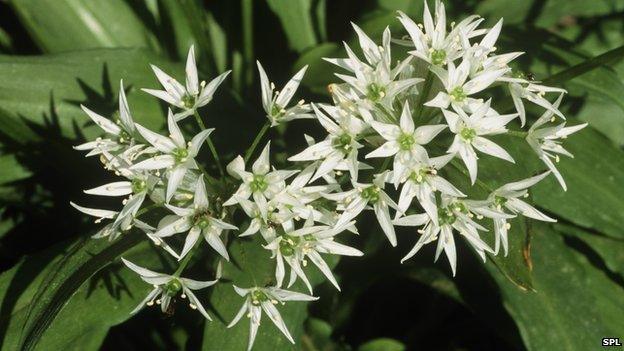
Wild garlic (ramsons) is among the plants that thrives beneath the ash tree. Others include dog's mercury, wood cranesbill, wood avens and hazel. Because ash bark is alkaline, the trees also support a wide range of lichens and mosses and attract snails.

Carpets of bluebells are often seen under and around ash trees. Norfolk’s Lower Wood, in Ashwellthorpe, famous for its spring display of bluebells, is among those areas where ash dieback disease has been discovered.
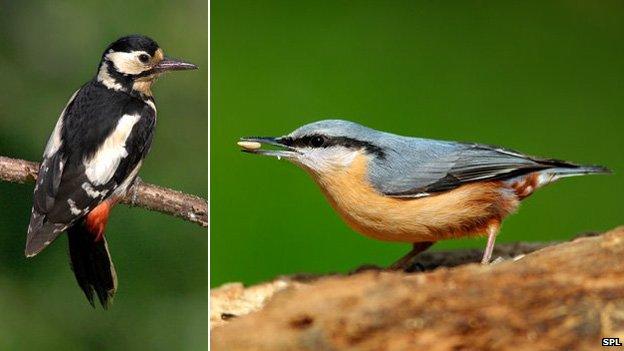
A rich ground layer beneath the ash means plenty of food for birds such as warblers, flycatchers and redstarts. Hole-nesting birds, such as owls, woodpeckers and the nuthatch, are also frequent visitors.

More than 100 species of insect are also known to live on ash. At least 60 of the rarest have an association with the tree – mostly beetles and flies. Because ash is very long-lived, it can also support specialist deadwood species, like the lesser stag beetle.
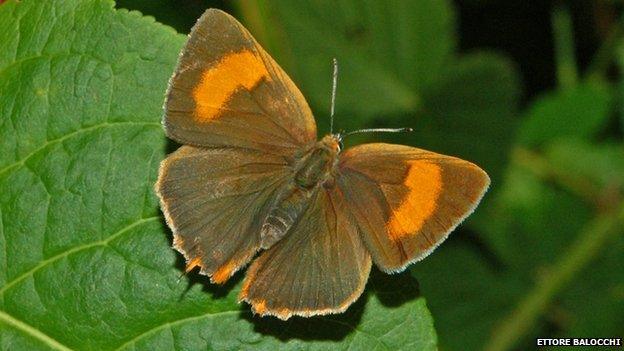
The brown hairstreak butterfly, the largest of the UK hairstreaks, is also a frequent user of the ash. They congregate high in the trees for breeding. Ash also supports a wide variety of moths. Source: The Wildlife Trusts
Scientists say the infection in native trees has been caused by a fungus Chalara fraxinea, which is believed to have been carried on the wind from mainland Europe.
Unlike animals, trees cannot be vaccinated and once infected, a tree cannot be cured.
A plant health order, external banning imports and the movement of ash trees came into force on 29 October.
Mr Ellis, who is considering suing the government for £200,000, said by the time his firm was permitted to destroy its trees, many more had become infected.
He says the Horticultural Trades Association (HTA) wrote to the government in 2009 warning of a new strain of ash dieback disease and urged it to close UK borders.
He told BBC Radio 4's Today programme: "They should have taken it seriously at the time. They chose not to and now we have this really dramatic situation.
"Effectively our income stream starts now, this is the season, this is our harvest time so to cut off our income stream - what other course of action can we take?"
Here to stay?
The HTA says the government misdiagnosed the disease when it first alerted officials - the fungus was thought to be the same as one already widespread in the UK.
The HTA's Tim Briercliffe said: "We saw the disease, we saw what it was doing in Denmark. It wasn't doing that in the UK. Whatever the details of the science were saying, that surely was going to speak far louder."
Martin Ward, the UK's chief plant health officer with the Department for the Environment, Food and Rural Affairs (Defra), said ash dieback disease was not spreading but acknowledged that "we're probably not going eradicate it".
"We have stopped the movement of plants and the sporulation on the leaf litter, which can lead to aerial spread, doesn't happen until the summer," he said.
"The increasing number of cases we are recording at the moment is the result of greater information, more knowledge of the distribution of the disease."
He told Today when the disease was first identified in UK nursery stock in March this year the "important thing then was to track down that... stock, to destroy these isolated findings in recent plantings".
Defra then worked on identifying the "right measures" to be taken before the start of the planting season.
The government has ruled out paying compensation.
A spokesman for Defra said: "Hundreds of staff members from government agencies have been investigating sites across the UK.
"They have examined around 2,500 blocks of land, each 10 kilometres square, where mature ash trees are known to be present, in order to seek out traces of the disease in our established trees.
"At a time when our trees face increasing threat from a range of diseases, and in a tight financial climate, we believe that resources are best spent on surveillance and trying to tackle the disease."
Disease summit
The prime minister's official spokesman has confirmed that Environment Secretary Owen Paterson will host a summit on ash dieback on Wednesday.
He said the meeting, involving tree health experts and other "key stakeholders", would provide updates on the problem and what was being done to tackle it.
"We are taking this issue very seriously," he added.
"What is important is that we focus on the action we can take now to try and limit the effects of the disease."
He acknowledged that there were questions about how the government handles "different animal and plant diseases".
"That is why Owen Paterson set up this taskforce to look at how we handle plant diseases," he told journalists.
"One of its jobs is to ensure that we are as well prepared as we can be in the future to deal with this kind of problem."
On the issue of compensating affected horticultural businesses, he said that it would be "dealt with ultimately by the courts".
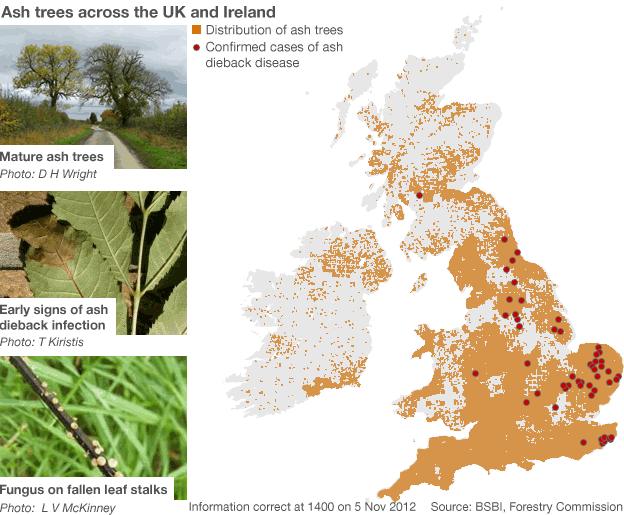
- Published6 November 2012
- Published3 September 2012
- Published27 October 2012
- Published4 November 2012
- Published2 November 2012
- Published27 October 2012